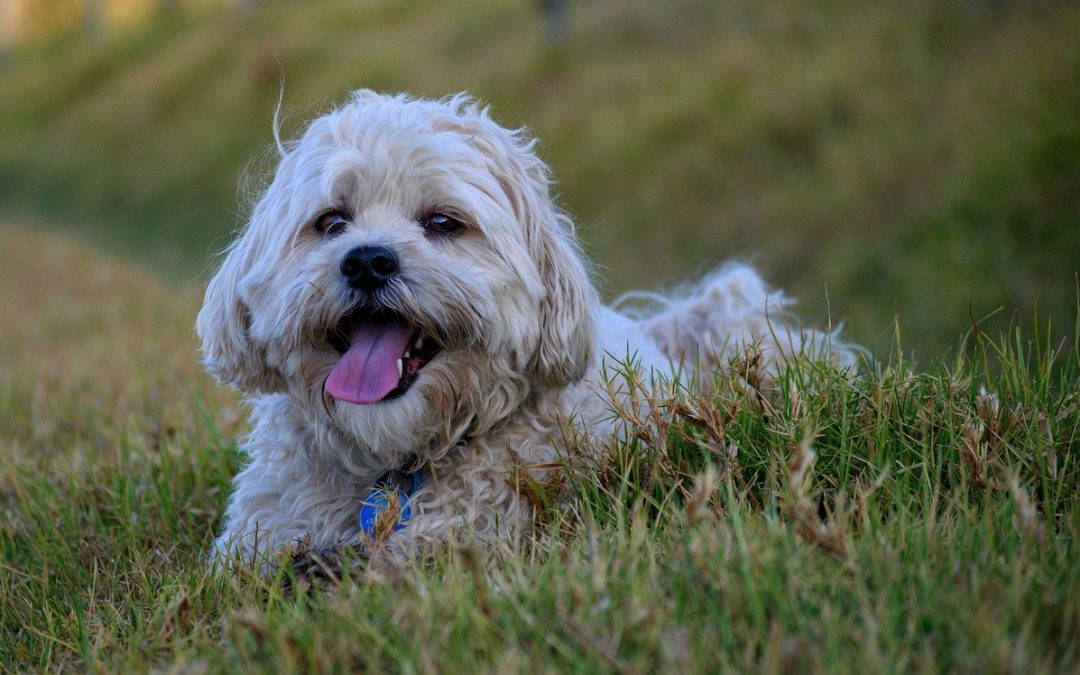Did you know that dogs and cats have three eyelids? The third eyelid is also called the nictitans or nictating membrane, and arises from the inner corner of the eye and covers the eye diagonally. The third eyelid gland is located at the base of the third eyelid, below the eye. When the third eyelid is prolapsed, this is commonly known as “Cherry Eye.” Our team is here to tell you everything you need to know about cherry eye in your beloved furry companion, and ways that we can help treat it.
What are the signs of cherry eye?
The most distinct sign of cherry eye is a red, swollen mass on the edge of their eyelid. Other signs to watch out for include discharge from the eye (either water or mucoid) and redness of the conjunctiva. Keep in mind that cherry eye occurs in both eyes in about 50% of cases.
Is there anything else that looks like cherry eye?
While the prolapsed, swollen third eyelid gland has a fairly distinct appearance, other conditions sometimes confused with cherry eye include; everted third eyelid cartilage, third eyelid or conjunctival tumors, and third eyelid elevation (often indicating pain or neurologic dysfunction).
Which types of pets are prone to cherry eye?
The breeds that are most commonly affected by cherry eye include English and French Bulldogs, Cocker Spaniels, Beagles, Shih-Tzus, and Mastiff breeds. While cherry eye is most commonly seen in dogs, it can occasionally be a problem for cats as well.
How is cherry eye treated?
Over the years, the surgical procedures that have been used to treat cherry eye have evolved. Historically, the prolapsed gland was treated like a small tumor and was simply removed. However, this was associated with chronic conjunctivitis and keratoconjunctivitis sicca (KCS, or “dry eye”), both of which may be uncomfortable, require long-term medication, and result in other problems like corneal ulcers.
Nowadays, we like our patients to maintain normal anatomy and function of their third eyelid gland, which is why we recommend surgical re-positioning of prolapsed glands. There are many techniques described for repositioning prolapsed third eyelid glands, including variations of:
- Anchoring of the gland to muscle, sclera, connective tissue, or bone
- Enveloping or pocketing the gland within the third eyelid itself
When performed by a skilled veterinary ophthalmologist, the likelihood of surgical success is over 90%. In breeds prone to recurrence of third eyelid gland prolapse (typically English Bulldogs and Mastiffs), our preference is to combine the above surgical methods to minimize the chance of failure.
Complications from either procedure are uncommon, but it’s important to be aware of the following possibilities:
- Despite a high success rate, surgical failures and re-prolapse of the gland sometimes occurs. If this happens, another surgery will be recommended.
- Like any surgery, inflammatory of the tissue is common for the first 1-3 weeks post-operatively. Because this may cause patients to have an increased urge to rub or scratch the eye, an E-collar is especially important during this phase to ensure the delicate stitches have time to do their job.
- Sometimes a cherry eye is one of several problems taking place in the same eye, so multiple surgeries or a specialist may be required.
If you have any questions about cherry eye in your furry friend, please contact us for more information.

